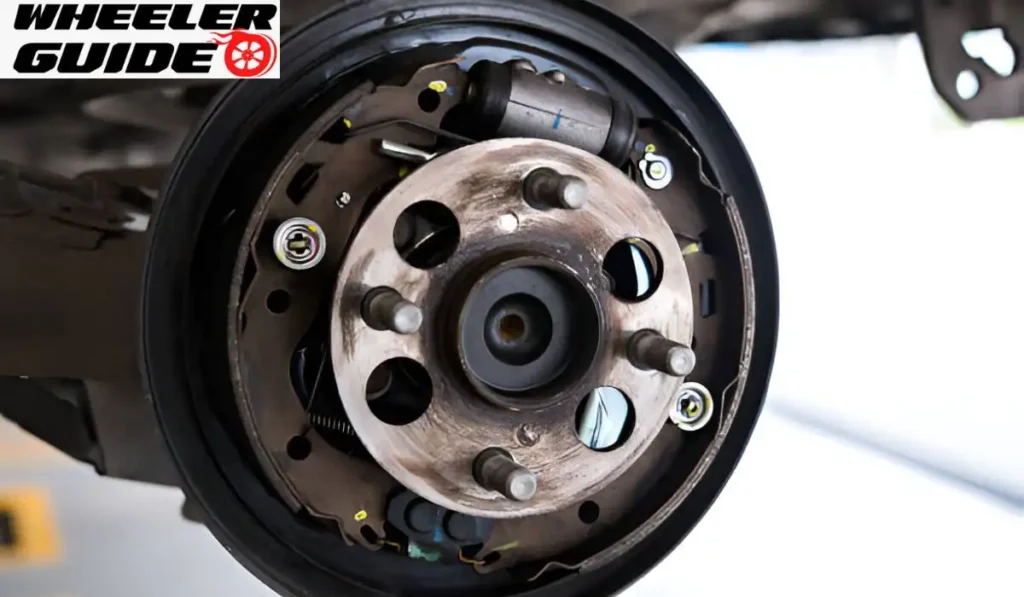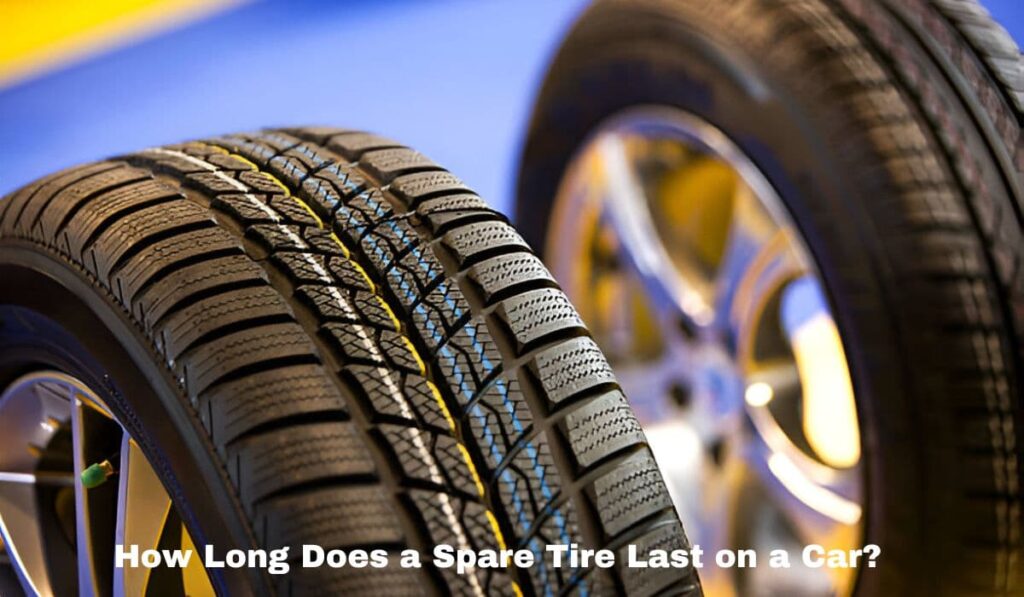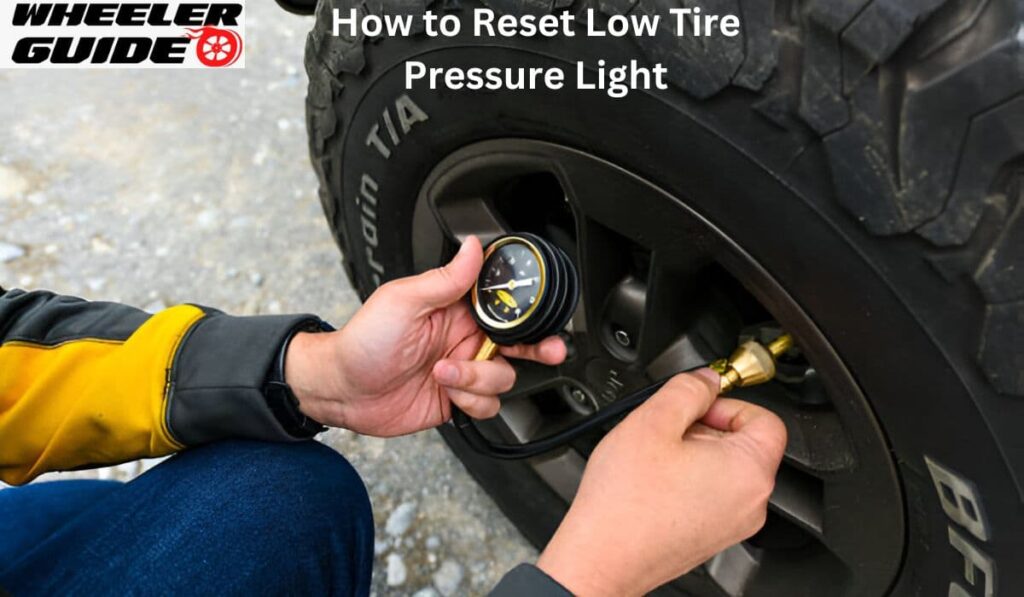Wheel bearings are crucial parts of a car’s suspension system. They allow the wheels to rotate smoothly and support the vehicle’s weight. When a wheel bearing goes bad, it can cause serious problems.
You can drive with a bad wheel bearing for about 500-1000 miles, but it’s not safe. Driving with a bad wheel bearing can lead to accidents or damage to other car parts. It’s best to get it fixed as soon as possible.
Identifying a Bad Wheel Bearing
Spotting a failing wheel bearing early can save you from costly repairs and unsafe driving conditions. Pay attention to these key signs to catch problems before they worsen.
Symptoms of Wheel Bearing Failure
A bad wheel bearing often causes unusual noises. Listen for a humming, grinding, or squealing sound that gets louder as you drive faster. This noise may change when turning.
Steering wheel vibration is another common symptom. You might feel shaking through the wheel, especially at higher speeds.
Watch for uneven tire wear. A failing bearing can cause the wheel to wobble, leading to irregular wear patterns on your tires. A vehicle pulling to one side while driving straight can indicate a bad bearing. This happens when the wheel starts to tilt due to looseness.
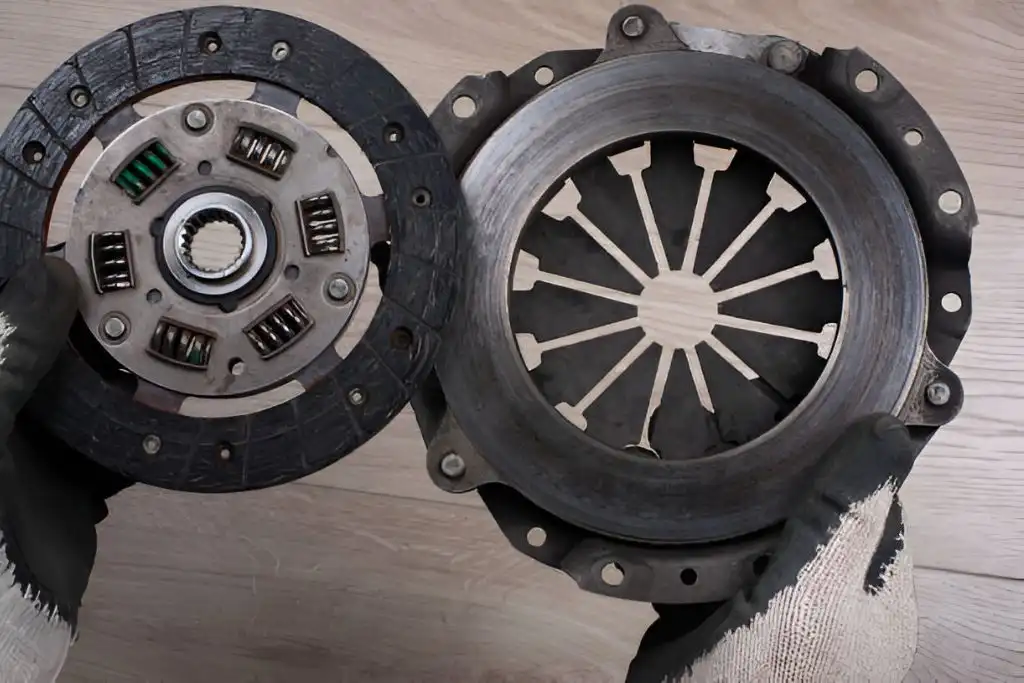
How to Tell Which Wheel Bearing Is Bad
To pinpoint the problem bearing, drive at a moderate speed on a quiet road. Gently swerve left and right. The noise will often get louder when you turn toward the bad-bearing side.
Another method is the “lift test.” Safely jack up the car and spin each wheel. A bad bearing may cause roughness or noise when spinning.
Check for wheel play. Grab the tire at 12 and 6 o’clock positions and try to rock it. Noticeable movement could mean a bad bearing.
Damaged Wheel Bearing Diagnosis
An illuminated ABS warning light can signal a bearing issue. The ABS sensor often connects to the wheel bearing assembly. Use a stethoscope or long screwdriver to listen for bearing noise. Place it against the wheel hub while someone spins the wheel.
Check wheel bearing temperature after a short drive. A bad bearing may feel noticeably hotter than the others. Look for signs of grease leaking from the hub seal. This can indicate bearing seal failure and loss of lubrication.
Implications and Actions
Driving with a bad wheel bearing can lead to serious safety issues and costly repairs. Quick action is crucial when signs of failure appear.
Driving on a Failing Wheel Bearing
Wheel bearings typically last 100,000 miles, but their lifespan can vary. When a bearing starts to fail, it’s best to limit driving. If you must drive, keep speeds under 40 mph. This helps reduce stress on the failing part.
Driving slowly won’t fix the problem. It only buys time to get to a repair shop safely. Uneven tire wear may occur due to a bad wheel bearing. This can lead to poor handling and an increased risk of accidents.
Risks of Ignoring Bad Wheel Bearing Signs
Ignoring a failing wheel bearing is dangerous. The risks increase the longer you wait to address the issue.
Potential dangers include:
- Loss of vehicle control
- Wheel separation from the vehicle
- Increased chance of accidents
A bad wheel bearing causes excessive friction. This can lead to overheating and damage to other parts.
Steering wheel vibrations may occur, making it hard to control the vehicle. The car might pull to one side during braking.
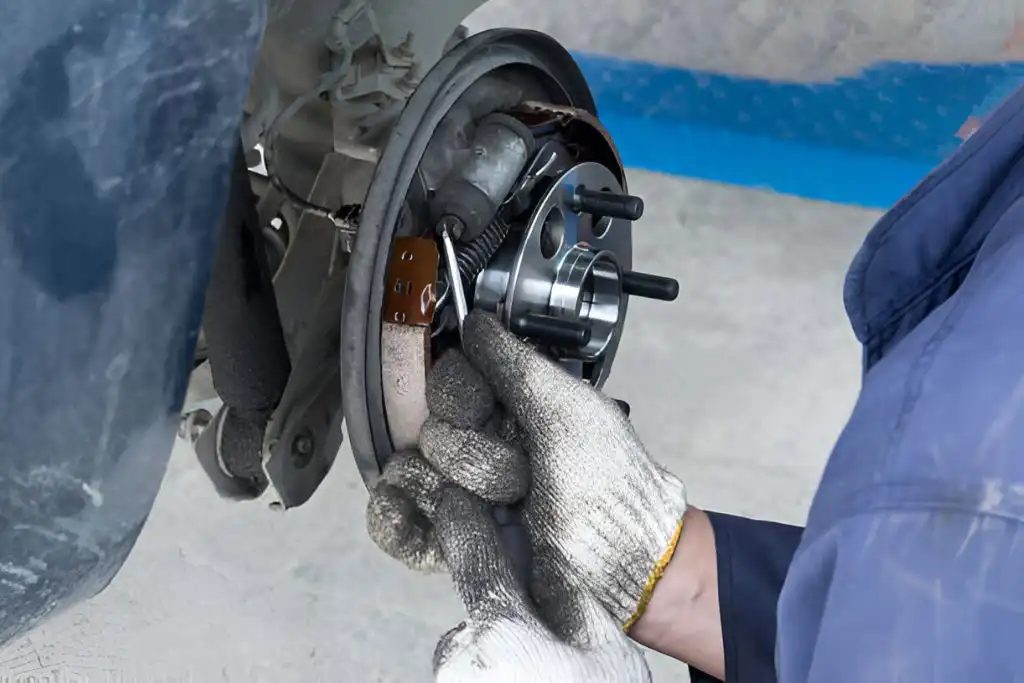
Wheel Bearing Replacement Essentials
Replacing a wheel bearing is crucial for safety. It’s not a DIY job for most people.
Key points about wheel bearing replacement:
- Requires special tools and expertise
- This should be done by a professional mechanic
- Can cost between $200 to $800 per wheel
- Prices vary based on vehicle make and model
Regular vehicle maintenance can help prevent early wheel bearing failure. This includes proper tire inflation and alignment.
After replacement, new wheel bearings should last many years with normal use. Regular inspections can catch issues early.
Frequently Asked Questions
What are the risks of continuing to drive with a damaged wheel bearing?
Driving with a damaged wheel bearing can lead to unsafe conditions. It may cause uneven tire wear and affect brake pad performance.
The wheel could potentially seize or detach in extreme cases. This poses a significant safety hazard for the driver and other road users.
How can I identify which wheel bearing is failing while driving?
Unusual noises like humming or grinding often indicate a failing wheel bearing. The sound typically gets louder as the vehicle’s speed increases.
Drivers may notice vibrations in the steering wheel or floor. A quick test involves gently swaying the car from side to side while driving slowly. The noise will usually intensify on the side with the faulty bearing.
Can a wheel bearing be temporarily fixed, and how?
Temporary fixes for wheel bearings are not recommended. Wheel bearings are critical components that require proper replacement.
Attempting makeshift repairs can lead to further damage and increased safety risks. It’s best to have a professional mechanic replace the faulty bearing as soon as possible.
What is the typical lifespan of a wheel bearing after it begins to produce noise?
Once a wheel bearing starts making noise, it may last for about 500 miles. However, continuing to drive is not advisable due to safety concerns.
The exact lifespan can vary depending on driving conditions and the extent of the damage. It’s crucial to address the issue promptly to prevent further complications.
What are the average costs associated with replacing a wheel bearing?
Wheel bearing replacement costs can vary depending on the vehicle’s make and model. Labor costs also differ by location and repair shop.
On average, drivers can expect to pay between $200 to $800 for a single wheel bearing replacement. Some high-end vehicles may cost more due to specialized parts or labor.
How does a faulty wheel bearing affect vehicle performance and safety?
A faulty wheel bearing can negatively impact steering and handling. It may cause the vehicle to pull to one side or create a feeling of looseness in the steering.
Braking performance can also be affected, potentially increasing stopping distances. These issues compromise overall vehicle safety and driver control.
